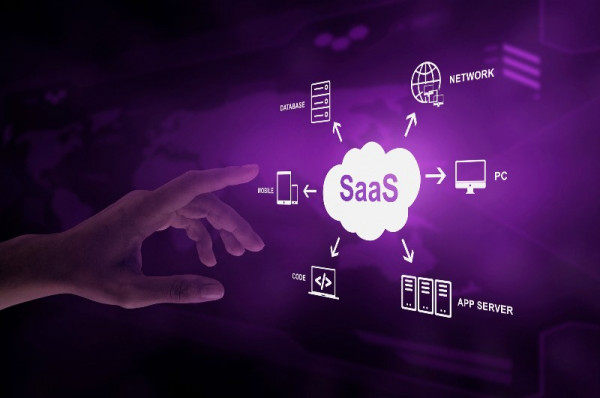The cloud era has ushered in a new wave of innovation and efficiency, but it has also brought forth unprecedented cybersecurity challenges. As organizations increasingly migrate their operations to the cloud, protecting their assets and data using cloud security becomes a paramount concern.
In this comprehensive blog, we will explore the best practices in cloud cybersecurity, guided by the expertise of STL Digital, to help businesses navigate the complex landscape of cybersecurity threats.
#1 – Multi-cloud Posture Assessment
Understanding Multi-cloud
In today’s dynamic business environment, relying on multiple cloud platforms to meet diverse needs is common. However, this approach can create cloud security vulnerabilities, making a multi-cloud posture assessment crucial. As per a Statista report, 36% of enterprises consider managing data in multi-cloud environments challenging, while 25% consider it extremely challenging. (Source: Statista)
STL Digital conducts in-depth assessments of an organization’s security stance across all cloud platforms. This involves identifying potential vulnerabilities, assessing security protocols, and recommending improvements. The assessment process extends to evaluating compliance with industry standards and regulations, ensuring comprehensive security.
#2 – Defensible Cloud Architectures
Defensible cloud architecture is one where security isn’t an afterthought but an integral component of the design. STL Digital assists organizations in creating cloud architectures that can withstand cyber threats.
In the quest for defensible cloud architectures, various security layers come into play. These include
- network security
- access controls
- Encryption
- identity management, and
- continuous monitoring
Each layer plays a crucial role in fortifying your cloud infrastructure. Micro-segmentation within cloud architectures is a key element of a defensible architecture that enhances security by isolating workloads and applications.
#3 – Cloud-Native Application Protection
Cloud-native applications offer agility and scalability, but they come with distinct security challenges. STL Digital’s expertise extends to safeguarding these applications in a cloud environment.
To secure cloud-native applications, it’s essential to employ a combination of cloud security strategies, including container security, micro-segmentation, and continuous monitoring. These practices are fundamental to maintaining the integrity of your cloud-native applications.
Zero Trust security, where trust is never assumed within or outside the network, plays a pivotal role in securing cloud-native applications. STL Digital guides organizations in implementing zero-trust policies.
#4 – The Convergence of Security and DevOps
Cloud SecDevOps is about integrating security into the DevOps process, ensuring that security isn’t compromised in the pursuit of development speed. STL Digital’s approach streamlines this collaboration, emphasizing that security should be an integral part of the development process from the outset.
Effective Cloud SecDevOps practices automate security checks, guaranteeing that security remains a priority at every stage of the development process. This approach not only enhances security but also accelerates development. STL Digital’s approach empowers organizations to balance security and agility effectively.
#5 – Endpoint Detection and Response
Endpoints are prime targets for cyber threats. STL Digital’s best practices include robust endpoint detection and response strategies to safeguard these vulnerable entry points.
Timely response is critical to preventing breaches and minimizing damage. We discover how organizations can detect and respond to threats across their cloud endpoints in real-time and then recommend the best cloud security measures. STL Digital ensures that endpoint security is a proactive element of your cloud security strategy.
AI and machine learning technologies play a crucial role in our endpoint security strategy by detecting anomalies and potential threats in real-time.
#6 – Threat Hunting
Threat hunting is the art of proactively seeking out cyber threats before they can inflict damage. Our expertise in threat hunting serves as a proactive measure to stay ahead of adversaries.
We develop and implement threat-hunting strategies to identify and neutralize threats before they escalate. Threat hunting adds a layer of proactive defense to your cybersecurity strategy, ensuring that threats are identified and addressed before they become critical.
CONCLUSION
In the cloud era, robust cybersecurity practices are not optional. They are essential for safeguarding an organization’s digital assets and reputation. STL Digital’s Cybersecurity expertise, encompassing state-of-the-art cloud security measures, provides businesses with the tools to navigate this complex landscape and ensure the security of their cloud operations.



